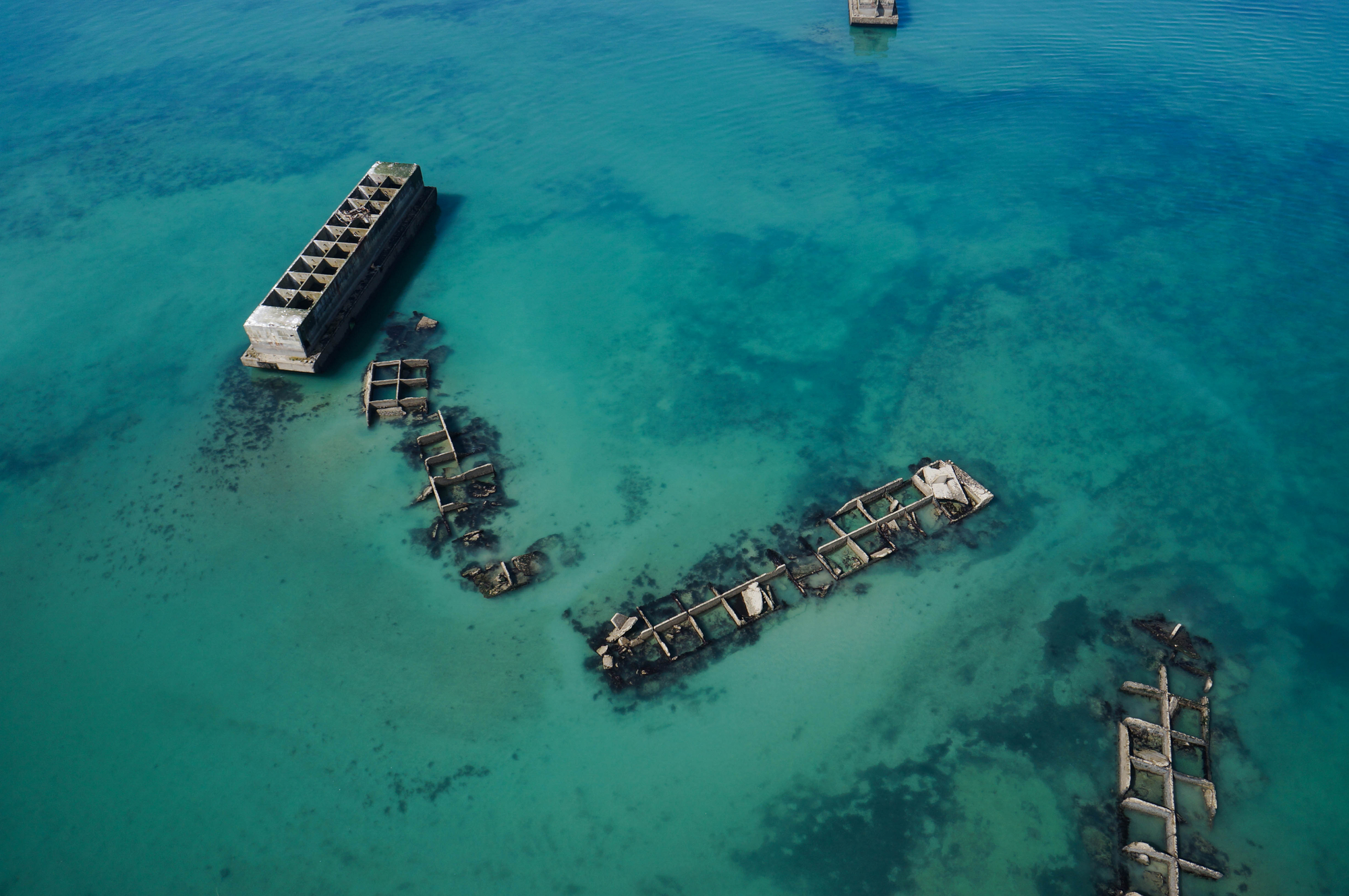- Home
- A heritage destined to disappear
- Wrecks without objects
Salvaged, looted or simply frequented, the D-Day wrecks are almost completely devoid of any objects. However, university research has made it possible to identify some of the objects that were previously removed from these sites.
Collecting
D-Day wrecks that still contain any notable vestiges of material culture are quite rare. Whether driven by the desire to keep a souvenir from an exploratory dive, by the fear that other divers might plunder the site or by a real interest in history, many divers have taken objects from the wrecks without necessarily understanding the significance of their actions. Fortunately, the removal of objects from wrecks, prohibited by French law (cultural heritage code), is increasingly rare; with the exception of a few individuals who continue to supply the militaria trade that has been growing steadily since the 1960s-1970s.
More than a hundred objects inventoried
An inventory of objects recovered by salvors, within the legal framework of metal salvage permits, or by divers, at a time when these sites received scant attention from archaeologists, was initiated as part of a master’s degree by Thomas Mathieu (Aix-Marseille University) in 2017 and 2018. A total of 126 objects were studied, originating from salvors, professional divers, and both public and private museums. The goal was to document private collections before they were rendered inaccessible through sales or inheritance, given the popularity of collecting militaria.
This project also aimed to link these objects with specific sites, to enrich museum inventories or, conversely, to confirm the identification of certain wrecks. At the conclusion of this study, 97 items of material culture were clearly identified and associated with 13 known sites in the Baie de Seine. Although this preliminary study made it possible to document previously unknown objects, a large number of vestiges of material culture from the maritime sites of Operation Neptune remain to be inventoried.
A collector’s approach
Despite being interesting, these objects are not necessarily representative of Operation Neptune. Given that the objects were not collected in a systematic or scientific manner, their selection and recovery were essentially based on a collector’s perspective, privileging rarity, and aesthetic appeal over historical relevance. Thus, German material culture is quite prevalent although there are only two German wrecks in the inventory of underwater sites from the Normandy landings. Similarly, shipboard material culture, and particularly decorative elements of ships, are overly represented in comparison with military equipment.


